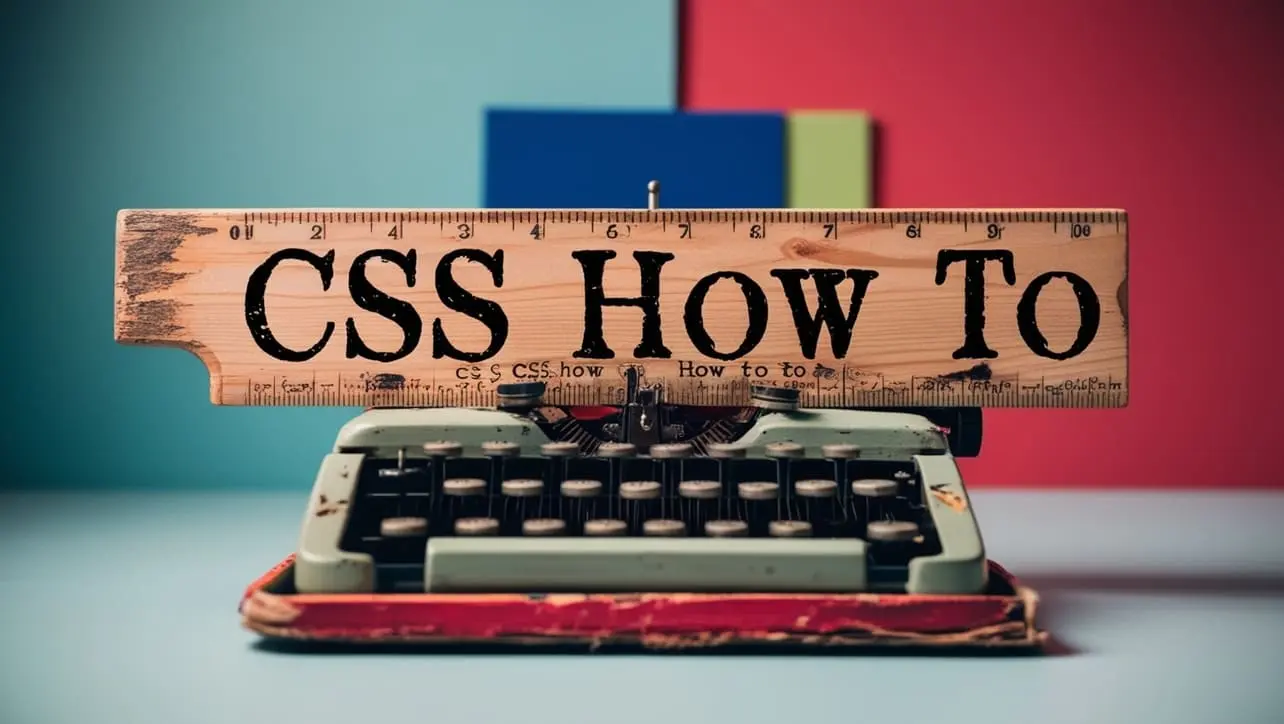
CSS Topics
- CSS Intro
- CSS How To
- CSS Editors
- CSS Properties
- CSS Selectors
- .class
- .class1.class2
- .class1 .class2
- #id
- * (all)
- element
- element.class
- element,element
- element element
- element>element
- element+element
- element1~element2
- [attribute]
- [attribute=value]
- [attribute~=value]
- [attribute|=value]
- [attribute^=value]
- [attribute$=value]
- [attribute*=value]
- :active
- ::after
- ::before
- :checked
- :default
- :disabled
- :empty
- :enabled
- :first-child
- ::first-letter
- ::first-line
- :first-of-type
- :focus
- :fullscreen
- :has()
- :hover
- :in-range
- :indeterminate
- :invalid
- :lang()
- :last-child
- :last-of-type
- :link
- ::marker
- :not()
- :nth-child()
- :nth-last-child()
- :nth-last-of-type()
- :nth-of-type()
- :only-of-type
- :only-child
- :optional
- :out-of-range
- ::placeholder
- :read-only
- :read-write
- :required
- :root
- ::selection
- :target
- :valid
- :visited
- CSS Comments
- CSS Length
- CSS Image Sprites
- CSS Grid Layout
- CSS Grid Flexbox
- CSS @charset Rule
- CSS @font-face Rule
- CSS @import Rule
- CSS @keyframes Rule
- CSS @media Rule
CSS :fullscreen Selector
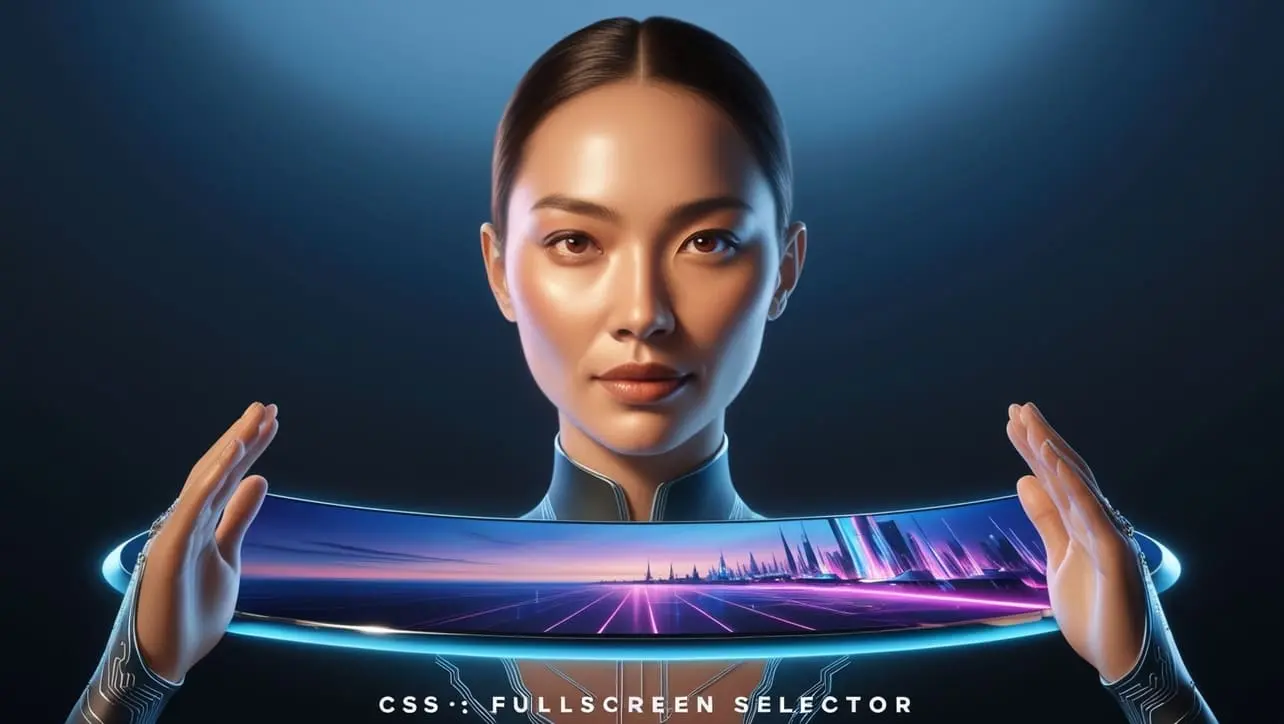
Photo Credit to CodeToFun
🙋 Introduction
The :fullscreen selector in CSS is used to style elements when they are in full-screen mode.
This pseudo-class becomes active when an element is displayed using the full-screen API, typically triggered by the user or through JavaScript.
It is a useful tool for enhancing the visual experience when elements are displayed in full-screen mode, such as videos, images, or entire sections of a webpage.
💡 Syntax
The signature of the :fullscreen Selector is as follows:
:fullscreen {
/* CSS properties */
}The :fullscreen pseudo-class applies styles to any element currently in full-screen mode.
📝 Example
Here is an example demonstrating the use of the :fullscreen selector in CSS:
☠️ HTML
<!DOCTYPE html>
<html lang="en">
<head>
<meta charset="UTF-8">
<meta name="viewport" content="width=device-width, initial-scale=1.0">
<title>CSS :fullscreen Selector Example</title>
<link rel="stylesheet" href="styles.css">
</head>
<body>
<div id="fullscreen-element">
<h1>Click to Go Fullscreen</h1>
</div>
<button id="fullscreen-btn">Enter Fullscreen</button>
<script>
const fullscreenElement = document.getElementById('fullscreen-element');
const fullscreenBtn = document.getElementById('fullscreen-btn');
fullscreenBtn.addEventListener('click', () => {
if (fullscreenElement.requestFullscreen) {
fullscreenElement.requestFullscreen();
}
});
</script>
</body>
</html>🎨 CSS
/* Default styling for the element */
#fullscreen-element {
width: 300px;
height: 200px;
background-color: lightblue;
text-align: center;
line-height: 200px;
}
/* Styling when the element is in fullscreen mode */
:fullscreen {
width: 100vw;
height: 100vh;
background-color: darkblue;
color: white;
font-size: 2em;
display: flex;
justify-content: center;
align-items: center;
}In this example:
- The element with
id="fullscreen-element"will change its appearance when it enters full-screen mode. - When the user clicks the "Enter Fullscreen" button, the element expands to fill the viewport, changes color, and increases font size.
💬 Usage Tips
- The
:fullscreenselector can be combined with specific elements (likevideo:fullscreen,div:fullscreen) to target full-screen styling more precisely. - Ensure your design adapts well to full-screen mode by using flexible units like
vw(viewport width) andvh(viewport height).
⚠️ Common Pitfalls
- The
:fullscreenselector only works with elements that have entered full-screen mode using the full-screen API (e.g., viarequestFullscreen()in JavaScript). - Not all browsers support full-screen mode for all elements (e.g.,
iframesmight have limitations in some browsers). - Be aware of browser-specific full-screen pseudo-classes such as
:-webkit-full-screenand:-moz-full-screenfor older browsers, although modern browsers tend to support the standard:fullscreen.
🎉 Conclusion
The :fullscreen selector is a powerful way to adapt your design to full-screen mode.
By applying custom styles to elements when they enter full-screen, you can create immersive user experiences, particularly for media-rich content like videos, games, or interactive websites. Mastering this selector can help elevate the visual impact of your webpages.
👨💻 Join our Community:
Author

For over eight years, I worked as a full-stack web developer. Now, I have chosen my profession as a full-time blogger at codetofun.com.
Buy me a coffee to make codetofun.com free for everyone.
Buy me a Coffee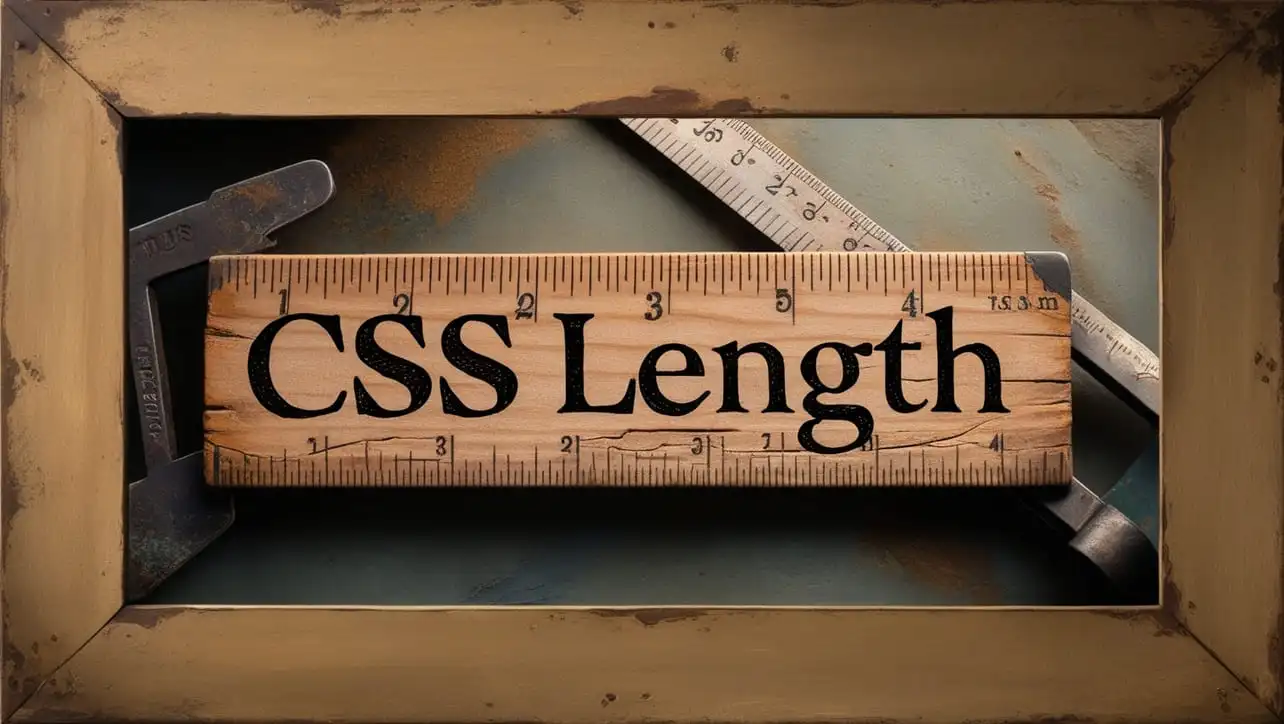
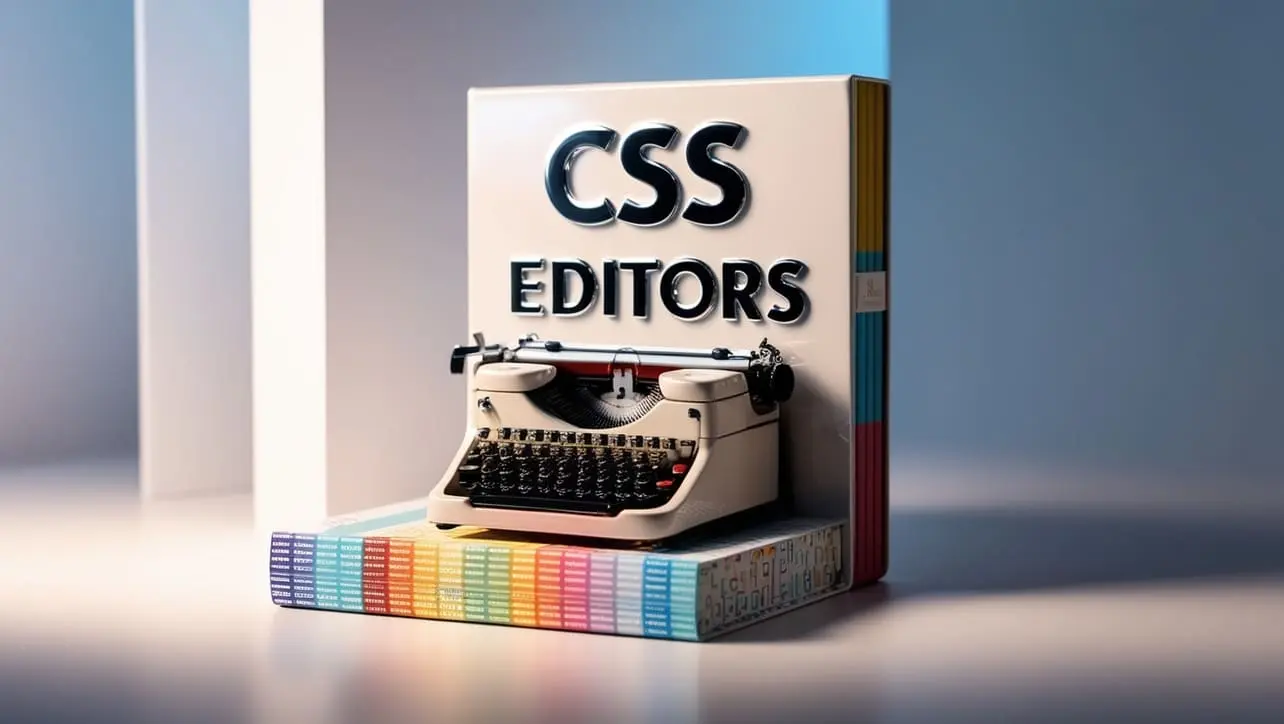

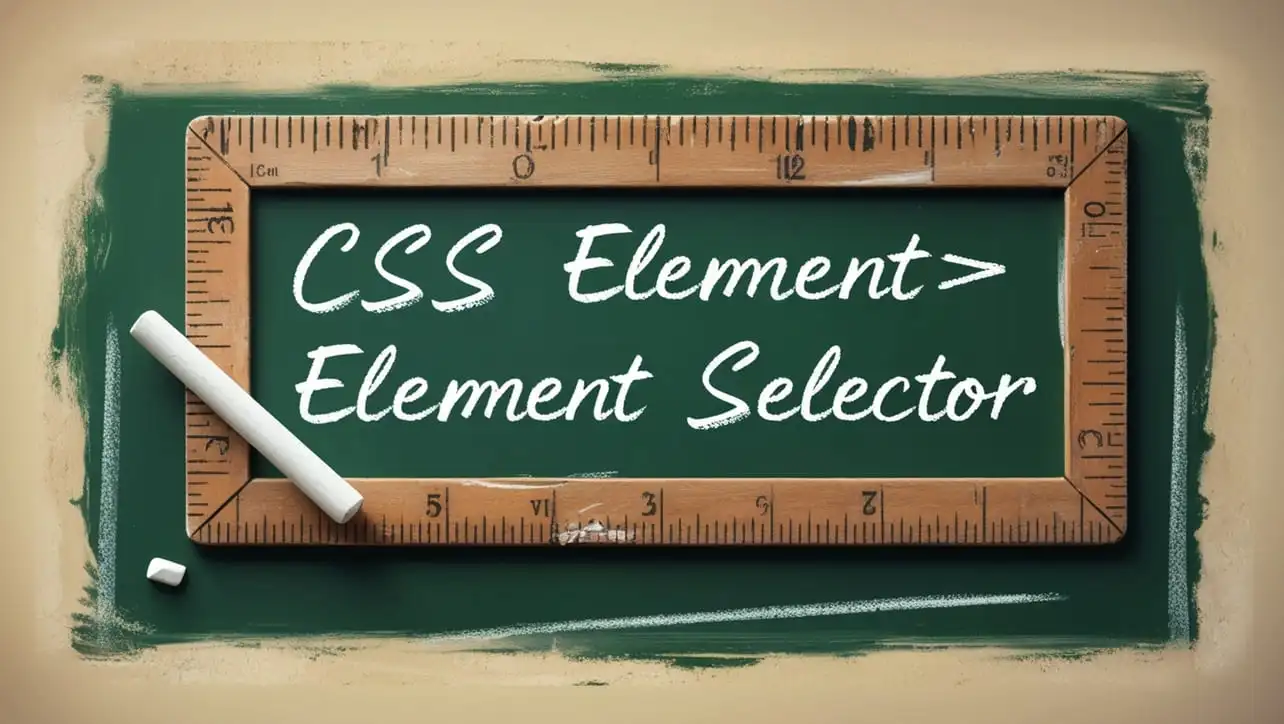

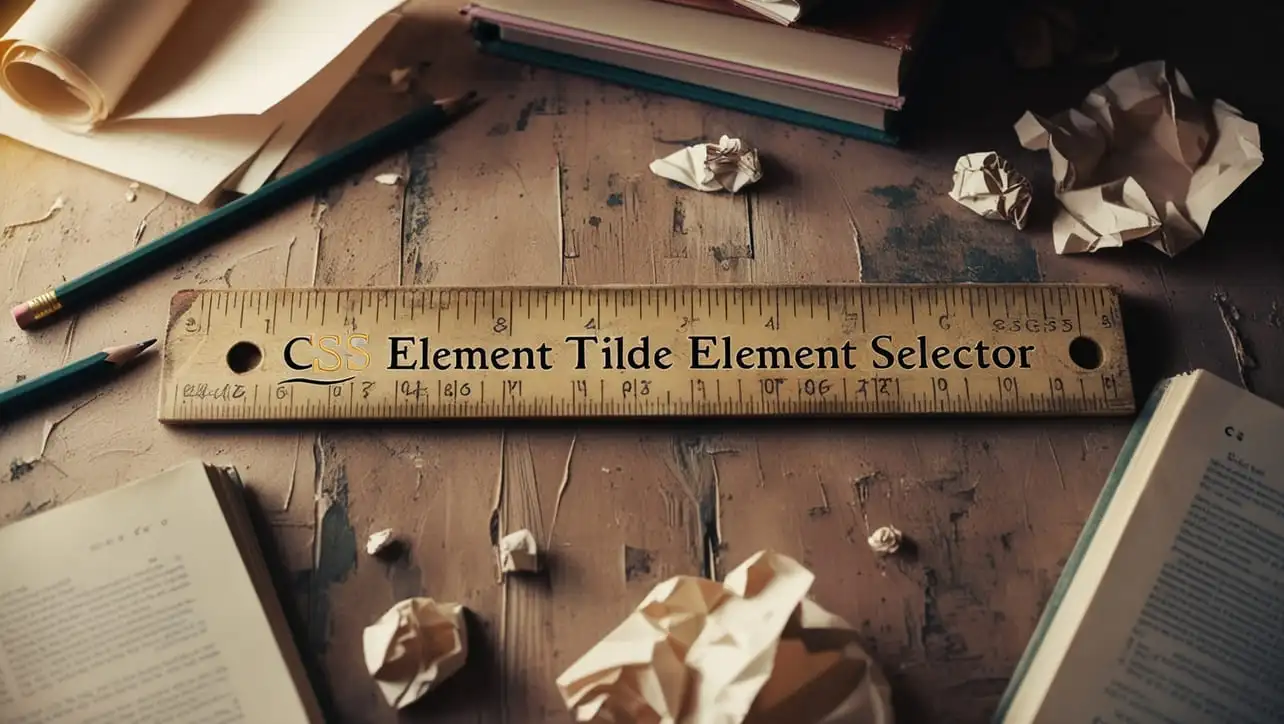
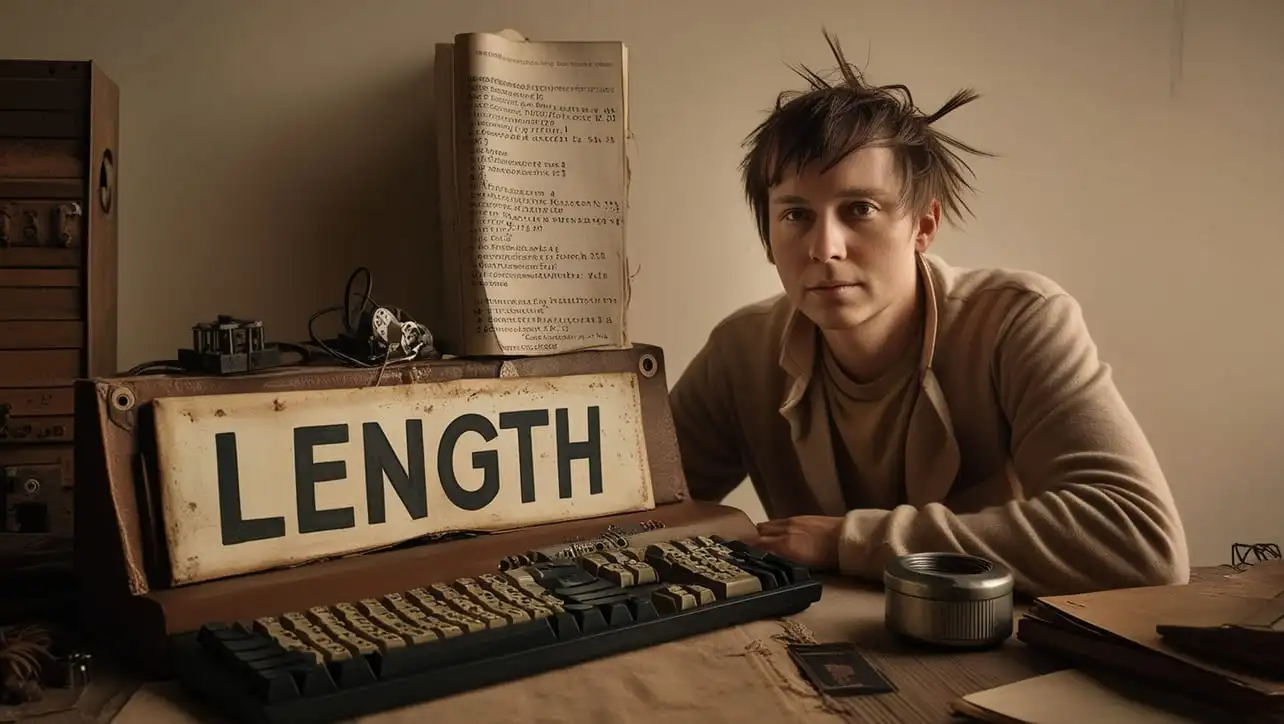

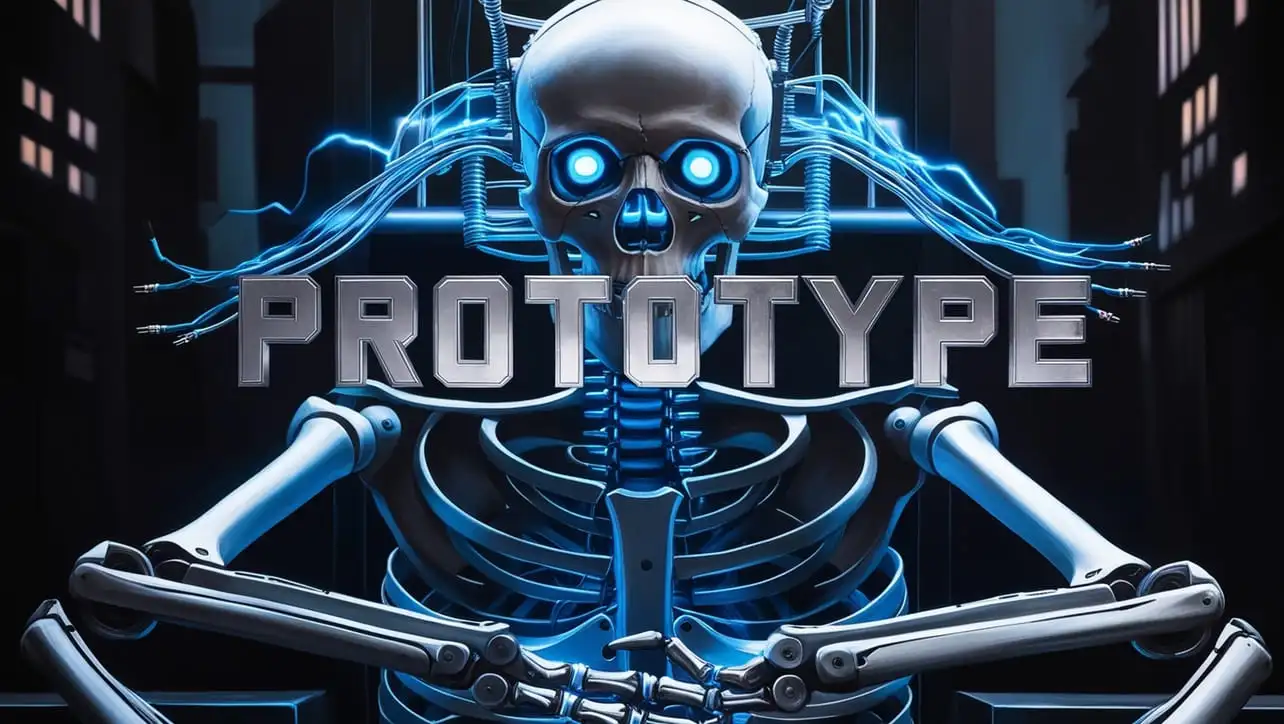




If you have any doubts regarding this article (CSS :fullscreen Selector), please comment here. I will help you immediately.